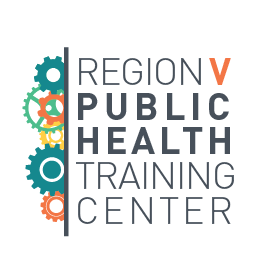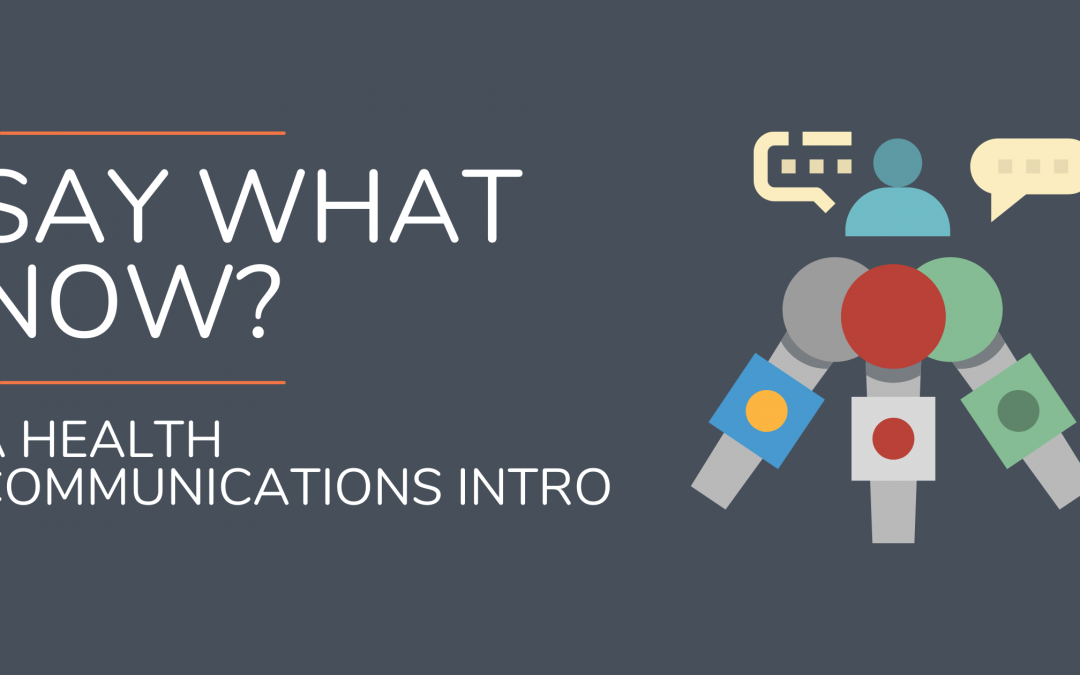Health communications can mean a lot of things. The first thing that pops into mind may be the huge amount of information that’s been thrown around in relation to the COVID-19 pandemic. But what about how we, as public health professionals, talk about social justice issues like racism? Mental health services in response to violence? Food recalls for contamination? Healthy lifestyle programs in local communities?
The wide variety of ways communications can impact the health of a community can seem overwhelming. It can also make it easy to innovate and get creative about how you are reaching the intended audience with your message. Whether you need a press release, paper handouts, or more digitally-focused mediums like email or social media, what and how you communicate can make a difference in the ability of both decision makers and your community to make positive, informed decisions about their health.
For a message to make an impact it needs to be easy to understand, be relevant to your intended audience, and contain reputable information from identifiable and respected sources. Perhaps most importantly, it also needs to be culturally relevant. Luckily, health behavior change theories support evidence-based communications programming, making it easier to develop and implement a communications plan than you may think.
The idea that communications plans can be derived from health behavior change theories should be reassuring to most public health practitioners, many of whom are frequently tasked with developing these communications plans without the support of a dedicated marketing or communications staff or agency. It’s one of the biggest challenges we hear about at the RVPHTC: many local health organizations simply don’t have the bandwidth to focus on communications, especially with an ever-changing and persistent pandemic.
Although additional resources from the RVPHTC are coming, these quick tips and additional resources should help you get started on your own communications.
- Put your audience at the center of any communications plan. People and communities should be at the core of your efforts; everything else should align with their needs.
- Consider the language and imagery you use. A phrase that means one thing to you may mean something different to others. Be intentional about what you say and how you say it.
- Be consistent. Regular messaging builds trust with your audience, and can make it easier to spread information about topical themes.
- Leverage available resources, especially those focused on health communications or current topics in public health/healthcare.
- Core Competencies for Public Health Professionals
- Public Health Communications Collaborative
- Health Disparities: The Importance of Culture and Health Communication
- Translating Health Communication Research Into Practice: The Importance of Implementing and Sustaining Evidence-Based Health Communication Interventions
- The Importance of Being Authentic: Persuasion, Narration, and Dialogue in Health Communication and Education
No matter what your role is in public health, rest assured that when communications becomes one of your many responsibilities there will be resources available. Now go forth and communicate!

